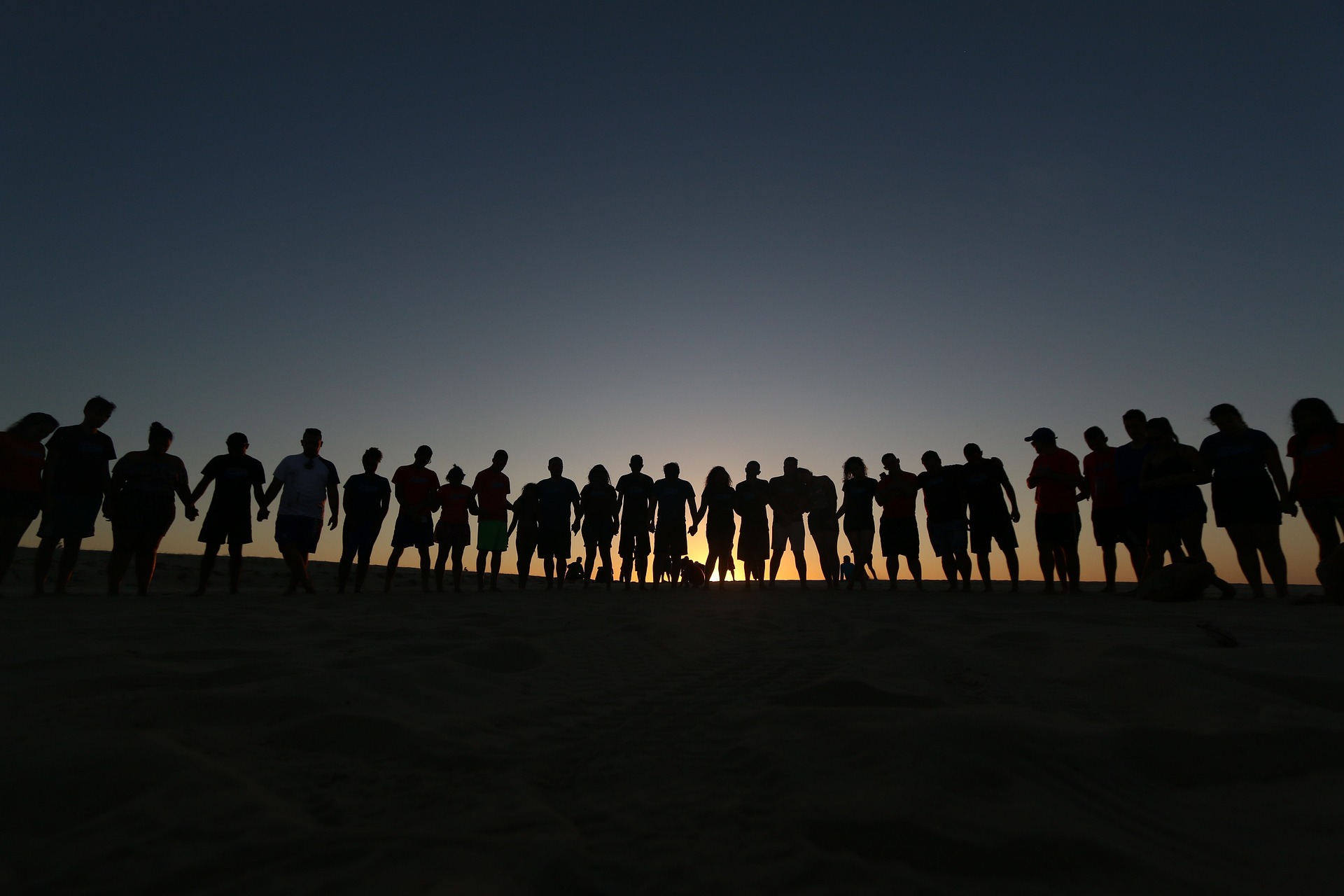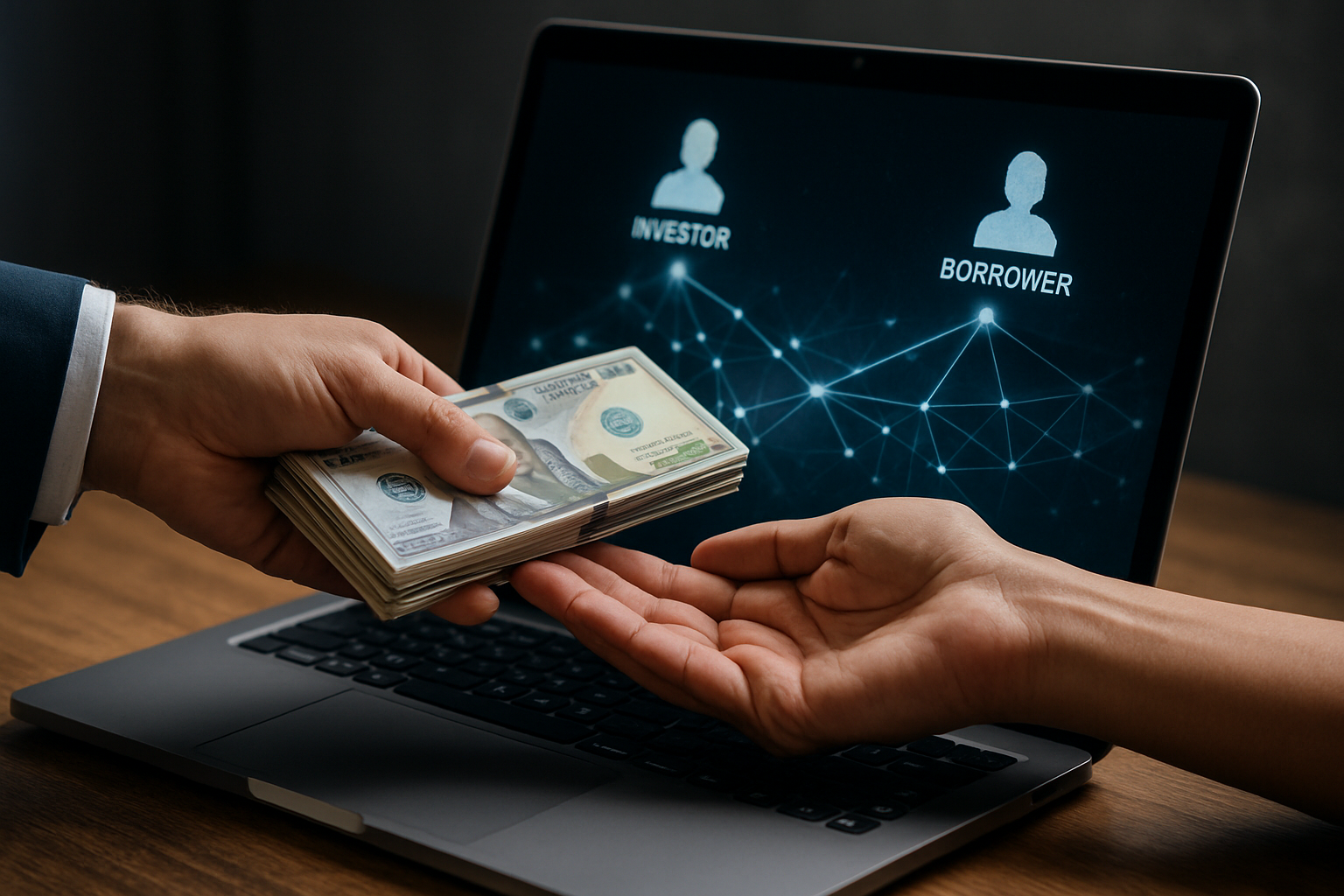The Invisible Influence: How Social Media Shapes Our Perception of Reality
In today's society, we are more connected than ever before. We live in an era where the world is at our fingertips, and we can interact with people from different cultures, backgrounds, and perspectives with just a click. This paradigm shift is largely due to the rise of social media, a platform that has transformed not only our communication habits but also our perception of reality. Read below to delve deeper into this intriguing topic.

Tracing the Footprints: A Historical Overview
The inception of social media can be traced back to the late 1990s with the introduction of platforms like Six Degrees and AOL Instant Messenger. However, it wasn’t until the rise of Facebook, Twitter, and Instagram in the early 2000s that the true potential of social media was realized. These platforms provided an unprecedented level of interconnectivity, allowing individuals to share their experiences, opinions, and lives with a global audience.
The Mirrored Self: Social Media and Self-Perception
In the present age, social media plays a critical role in shaping our self-perception. Platforms like Instagram and Facebook are filled with carefully curated images and posts, often portraying a seemingly perfect life. This has led to a phenomenon known as ‘social comparison,’ where individuals compare their lives to those they see online, often leading to feelings of inadequacy and lower self-esteem.
The Filtered Truth: Shaping Collective Reality
On a broader scale, social media also shapes our collective perception of reality. The information we consume on these platforms is often filtered, selected, or curated based on algorithms designed to echo our existing beliefs and preferences. This ‘echo chamber’ effect can distort our understanding of world events, societal issues, and even scientific facts, leading to a fragmented and polarized society.
The Two-Edged Sword: Implications and Significance
The influence of social media on our perception of reality is a double-edged sword. On the one hand, it can foster a sense of connection and shared experience, helping individuals find communities and support networks. On the other hand, it can amplify feelings of anxiety, depression, and loneliness, and widen societal divisions. Understanding this dual nature is crucial in harnessing the power of social media for positive change.
The Path Forward: Balancing Virtual and Real-world Interactions
With the omnipresence of social media in our lives, it is more important than ever to balance our online interactions with real-world experiences. Engaging in face-to-face social activities, practicing digital detox, and promoting media literacy can help mitigate the negative effects of social media on our perception of reality. As we navigate this digital age, it is crucial that we stay mindful of the invisible influence of social media and strive to cultivate a healthy relationship with these platforms.
In conclusion, the rise of social media has undoubtedly transformed the landscape of human interaction and perception. By understanding its influence, we can become more critical consumers of digital content and foster a more inclusive, balanced, and authentic virtual world.




